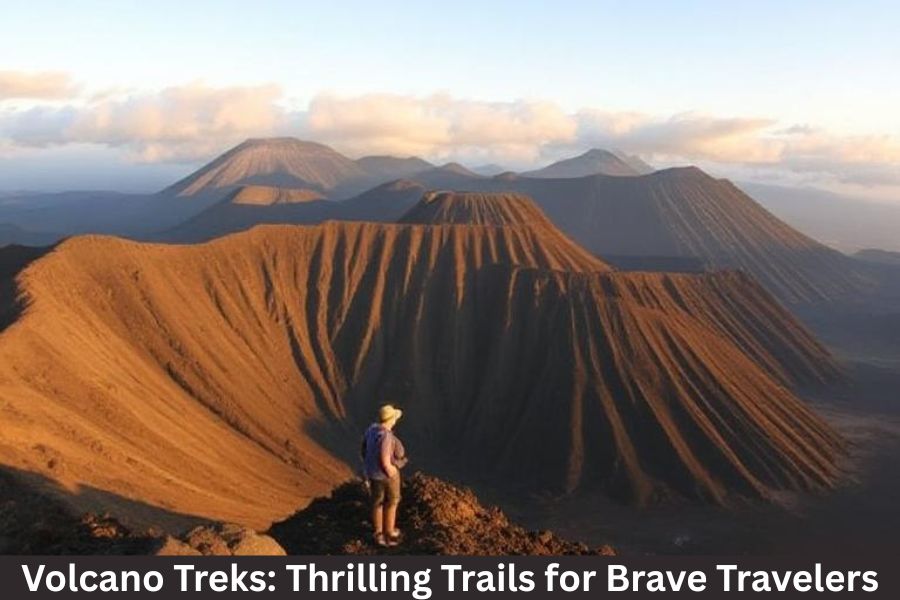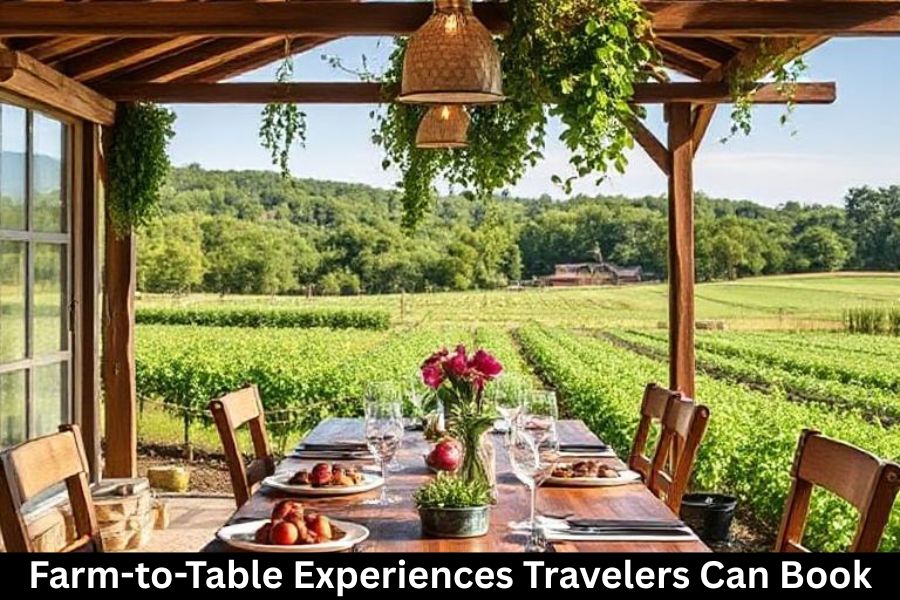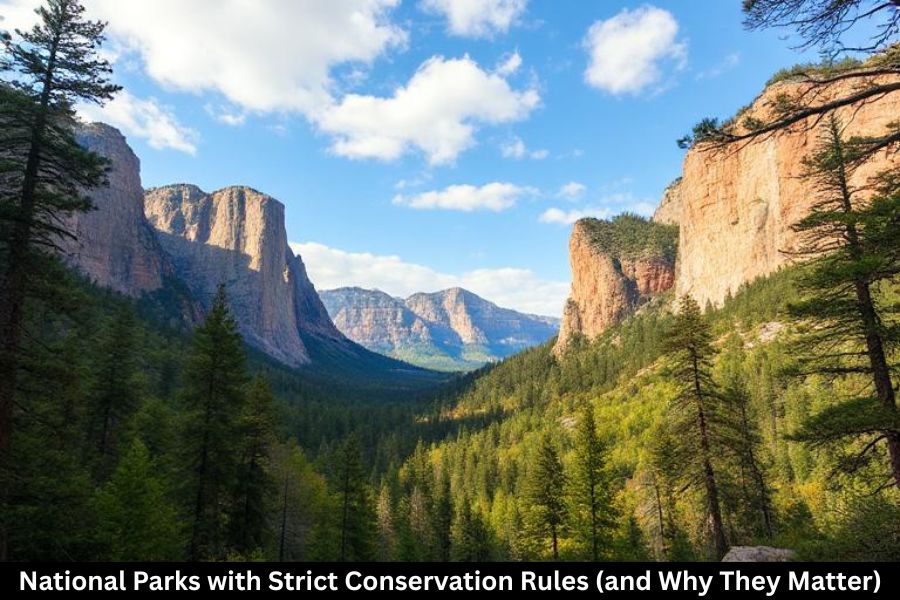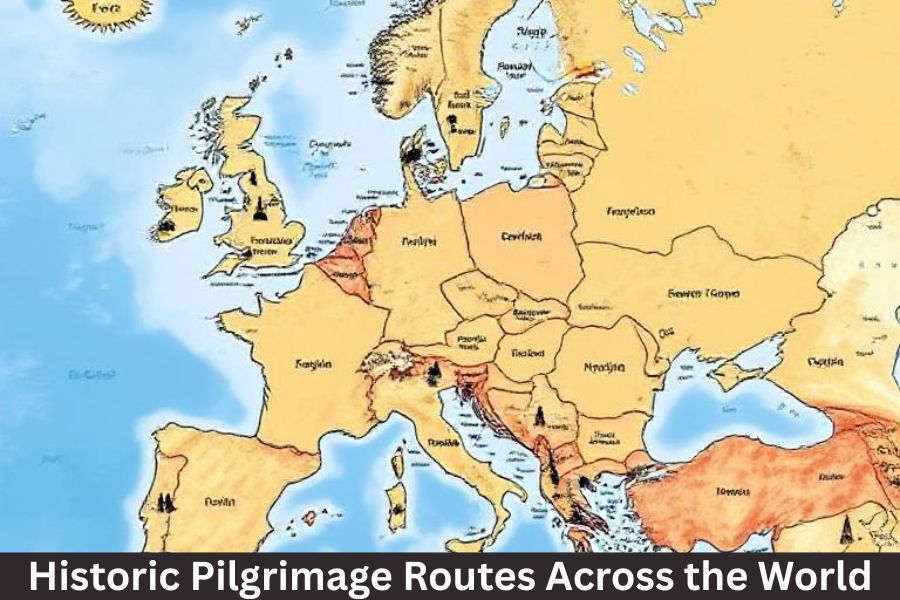Volcano trekking is exactly what it sounds like—hiking up or around active, dormant, or extinct volcanoes. It’s a pulse-pounding adventure that takes you into the heart of some of the world’s most dynamic landscapes. Think of it as hiking with a dramatic twist: instead of just mountains or forests, you’re climbing up the earth’s raw power.
Why It’s Gaining Popularity
With more people chasing experiences over possessions, volcano trekking has exploded in popularity. It’s not just a walk in nature—it’s an epic story to tell. Standing at the edge of a smoking crater or watching molten lava flow beneath your feet? That’s bucket list material.
The Allure of Volcano Adventures
Adrenaline Meets Nature
There’s something wildly thrilling about being on an active volcano. The ground rumbles, steam vents hiss, and your heartbeat races. It’s an adventure that feels like nature’s roller coaster—with no lines or seat belts.
Unique Geological Wonders
Volcanoes are like Earth’s open wounds—revealing colorful layers of lava rock, sulfur vents, obsidian glass, and ancient craters. Each one tells a different story of fire and transformation. You’re not just walking on rock—you’re walking on living history.
Top Volcano Treks Around the World
Mount Bromo, Indonesia
This steaming crater surrounded by a sea of volcanic sand offers otherworldly landscapes. It’s accessible for beginners but delivers surreal sunrise views that look like something out of a sci-fi movie.
Mount Kilimanjaro, Tanzania
Africa’s tallest peak is a dormant volcano and a dream for trekkers. The trek takes you through five climate zones—from rainforest to arctic summit. It’s not a technical climb, but it’s a tough one that rewards you with bragging rights for life.
Pacaya Volcano, Guatemala
Active and constantly oozing lava, Pacaya is a favorite for thrill-seekers. Hike up close to glowing flows and even roast marshmallows over volcanic heat—yes, really.
Mount Etna, Italy
Europe’s most active volcano is a beast. Hike across moon-like terrain with views of Sicily and the Mediterranean Sea. Guided tours are a must, especially when Etna’s in one of its fiery moods.
Arenal Volcano, Costa Rica
Though dormant since 2010, Arenal still impresses with its perfect cone shape and surrounding hot springs. It’s a great trek for nature lovers and first-timers.
Mauna Loa, Hawaii, USA
One of the largest volcanoes on Earth, Mauna Loa offers multi-day treks through lava fields and rugged terrain. If you want a true wilderness adventure, this is it.
Mount Fuji, Japan
A sacred symbol of Japan and a cultural experience as much as a trek. Climb it during the official season (July to September) and catch the sunrise from the “Land of the Rising Sun.”
Preparing for a Volcano Trek
Fitness & Endurance Requirements
Most volcano treks aren’t just casual strolls. You’ll need a decent level of fitness, especially for high-altitude climbs like Kilimanjaro or Mauna Loa. Start with cardio training and practice hikes.
Safety Precautions
Volcanoes are unpredictable. Always check volcanic activity reports, go with experienced guides, and stick to marked trails. Trust us—this is not the time to go “off the beaten path.”
Essential Gear Checklist
- Sturdy hiking boots with good grip
- Lightweight layers (volcanic zones can swing in temperature)
- Rain gear
- Sun protection
- Trekking poles
- Gas mask or bandana (for sulfur-rich areas)
- Headlamp (for early summit starts)
The Experience of Trekking a Volcano
A Day in the Life of a Volcano Trekker
Early starts, tough ascents, and incredible views—volcano trekking is equal parts challenging and rewarding. You’ll sweat, you’ll gasp, but you’ll also feel alive like never before.
Wildlife and Natural Sights Along the Trail
From cloud forests filled with birds to barren lava fields, the contrasts are incredible. Some treks pass by waterfalls, geysers, and even jungle ecosystems teeming with life.
Sunrise and Sunset Views from the Summit
Reaching the summit before dawn and watching the sunrise above the clouds? It’s magic. Or descend as the sun sets and paints the crater in fiery orange and gold. Either way, it’s unforgettable.
Challenges You Might Face
Volcanic Activity and Risks
Active volcanoes can erupt without much warning. That’s why it’s critical to go with certified guides and monitor local volcano observatories. Lava, ash, and toxic gases are real dangers.
Harsh Weather Conditions
Tropical storms, freezing summit temps, or sudden rainstorms—weather can change in minutes. Be prepared for everything and anything.
Physical and Mental Demands
These treks test your stamina and resolve. There’ll be moments when your legs scream and your brain says “nope.” But pushing through is part of what makes it so epic.
Responsible and Sustainable Trekking
Respecting Nature and Local Communities
Don’t litter. Don’t go off-trail. Respect local customs and hire local guides to support the community. Volcano regions are often sacred to locals, so tread lightly—literally and culturally.
Eco-friendly Travel Tips
- Use reusable water bottles and snack containers
- Choose eco-certified tour operators
- Stay in locally owned eco-lodges
- Offset your carbon footprint if flying to your destination
Conclusion
Volcano treks aren’t your average hiking trip—they’re raw, powerful, and unforgettable experiences for the bold-hearted. From steaming craters to frozen peaks, these trails push your limits and reward you with front-row seats to the Earth’s most dramatic show. If you’re craving adventure that shakes you up (sometimes literally), volcano trekking is calling your name.
FAQs
1. Is volcano trekking safe for beginners?
Yes, some treks like Mount Bromo or Arenal Volcano are beginner-friendly. However, always go with a guide and choose a trail suited to your fitness level.
2. What time of year is best for volcano treks?
It depends on the location. For example, Mount Fuji is best in summer (July–September), while Guatemala’s Pacaya can be trekked year-round. Always check local weather and eruption seasons.
3. Do you need special permits for volcano trekking?
Some volcanoes require permits, especially in national parks (like Kilimanjaro or Mauna Loa). Your guide or tour operator usually handles this, but always double-check in advance.



